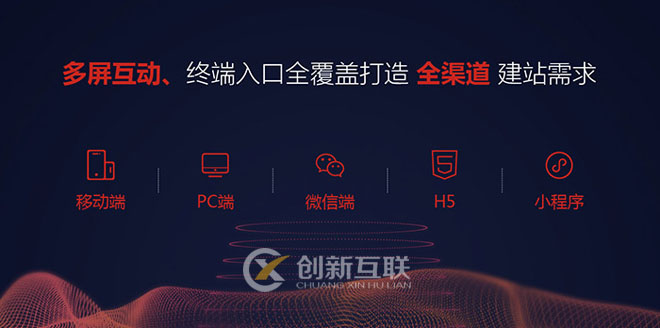SpringCloudGateway中怎么配置fastjson序列化验证
本篇内容主要讲解“SpringCloud Gateway中怎么配置fastjson序列化验证”,感兴趣的朋友不妨来看看。本文介绍的方法操作简单快捷,实用性强。下面就让小编来带大家学习“SpringCloud Gateway中怎么配置fastjson序列化验证”吧!

成都创新互联公司专注于澄江企业网站建设,响应式网站,成都商城网站开发。澄江网站建设公司,为澄江等地区提供建站服务。全流程按需定制,专业设计,全程项目跟踪,成都创新互联公司专业和态度为您提供的服务
一、ReactiveredisTemplate使用fastjson进行序列化配置
首先在maven中引入reactive redis包和fastjson包
org.springframework.boot
spring-boot-starter-data-redis-reactive
com.alibaba
fastjson
${fastjson.version}
编写RedisAutoConfig.class进行自定义ReactiveRedisTemplate Bean配置
我这里使用的是ReactiveRedisTemplate,key为String类型,value为Object类型,这样value可以直接使用Java对象操作,不需要显示进行fastjson的序列化和反序列化。
需要注意的是new ReactiveRedisTemplate时需要传入1个RedisSerializationContext对象,redis的key、value序列化方式就配置在RedisSerializationContext中。
这里我们使用StringRedisSerializer进行key和hashKey的序列化,使用fastjson的GenericFastJsonRedisSerializer进行value和hashValue的序列化。
@Configuration
public class RedisAutoConfig {
@Bean
public ReactiveRedisTemplate reactiveRedisTemplate(LettuceConnectionFactory connectionFactory) {
StringRedisSerializer stringRedisSerializer = new StringRedisSerializer();
GenericFastJsonRedisSerializer fastJsonRedisSerializer = new GenericFastJsonRedisSerializer();
RedisSerializationContext.SerializationPair keySerializationPair =
RedisSerializationContext.SerializationPair.fromSerializer(stringRedisSerializer);
RedisSerializationContext.SerializationPair 
